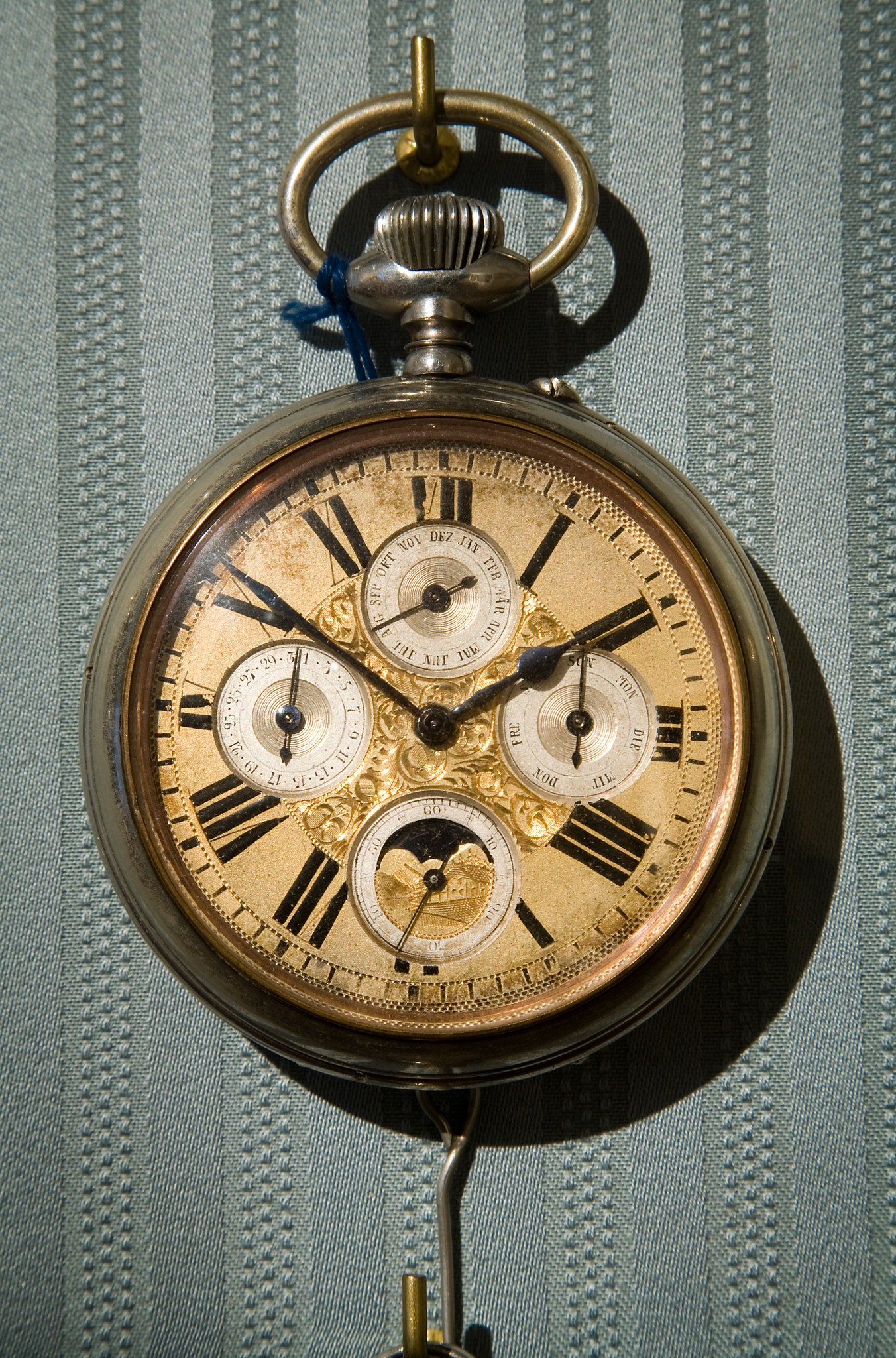SEPTEMBER 2, 2022 – (Cont.) Time. In any test of endurance, time is front and center. Of all aspects of our existence, time is what best defines us. How do we use it or waste it? How do we embrace its rewards, and how do we respond to its ravages? How do we cope with its dichotomous traits of a plodding pace, resistant to increase, but also its hypersonic speed, impossible to slow? Of course, there’s Einstein’s view of the fifth dimension, which requires much more than time to comprehend, namely—scientific imagination.
As with the running or skiing marathon; the trans-oceanic crossing; the conquest of Everest; learning the notes, let alone the music, of Robert Schumann’s piano concerto in a minor; perfecting one’s free-throw in basketball; studying to become a teacher, engineer, or archeologist—getting oneself through a bone marrow transplant is a matter of mastering time, one way or another.
Today is Day 10 of my current central focus—manipulating my construct of time. My appointment, set for a more reasonable hour than yesterday’s 6:15 a.m. encounter, produced the customary interaction with members of “my team,” gracious, cheerful, supportive people doing miracle work. From the get-go, they put me in such a positive frame of mind, when I was first asked if I had any complaints, I forgot entirely to mention a couple of things that, yes, were notably bothersome. (I eventually remembered to discuss them with the P.A.)
The lab showed a decline in hemoglobin—to be expected as my red blood cell count slides; my platelets were low but above the threshold for another infusion; white blood cells are close to zero. “On average,” the P.A. said, “these begin to tick up by Day 11.” Tomorrow. Today, meanwhile, I’m looking forward to naps, accompanied by Sibelius, Prokofiev, and perhaps . . . Schumann, as sunbeams bring promise into the room.
Next came the daily “sub cu” injection of “growth factor” to help those white cells along. Administering the needle was Kyle. Of course I had to get his story—starting before the injection, so that I’d be distracted for its one-minute duration.
I hit the jackpot. By his initial greeting, I knew he was both confident and friendly. His eyes projected intelligence over the top of his mask. He was an Army veteran, an infantry sergeant with two tours of duty in Iraq. After that experience, he became a Minnesota state highway patrolman for six years, and now—because he likes caring for others and has always been interested in anatomy, the make-up of human body, and how it manages itself—he’s a nurse of some years. When I asked what’s next, he said, “Train locomotive engineer. I’m fascinated by how they work.”
If I had a million questions for Kyle, who was more than open to fielding them, time allowed for a far lesser number. But our limited exchange left me enriched, with a better understanding of the military and law enforcement, and most critically, the quality of people to be found in their ranks. And of life and the world beyond my limited horizons.
Kyle administered “the needle” as if weren’t a needle at all, but a faint breath of air released from a tiny straw.
Trust me. Our country is in good hands. (Cont.)
(Remember to subscribe to this blog and receive notifications of new posts by email.)
© 2022 by Eric Nilsson
